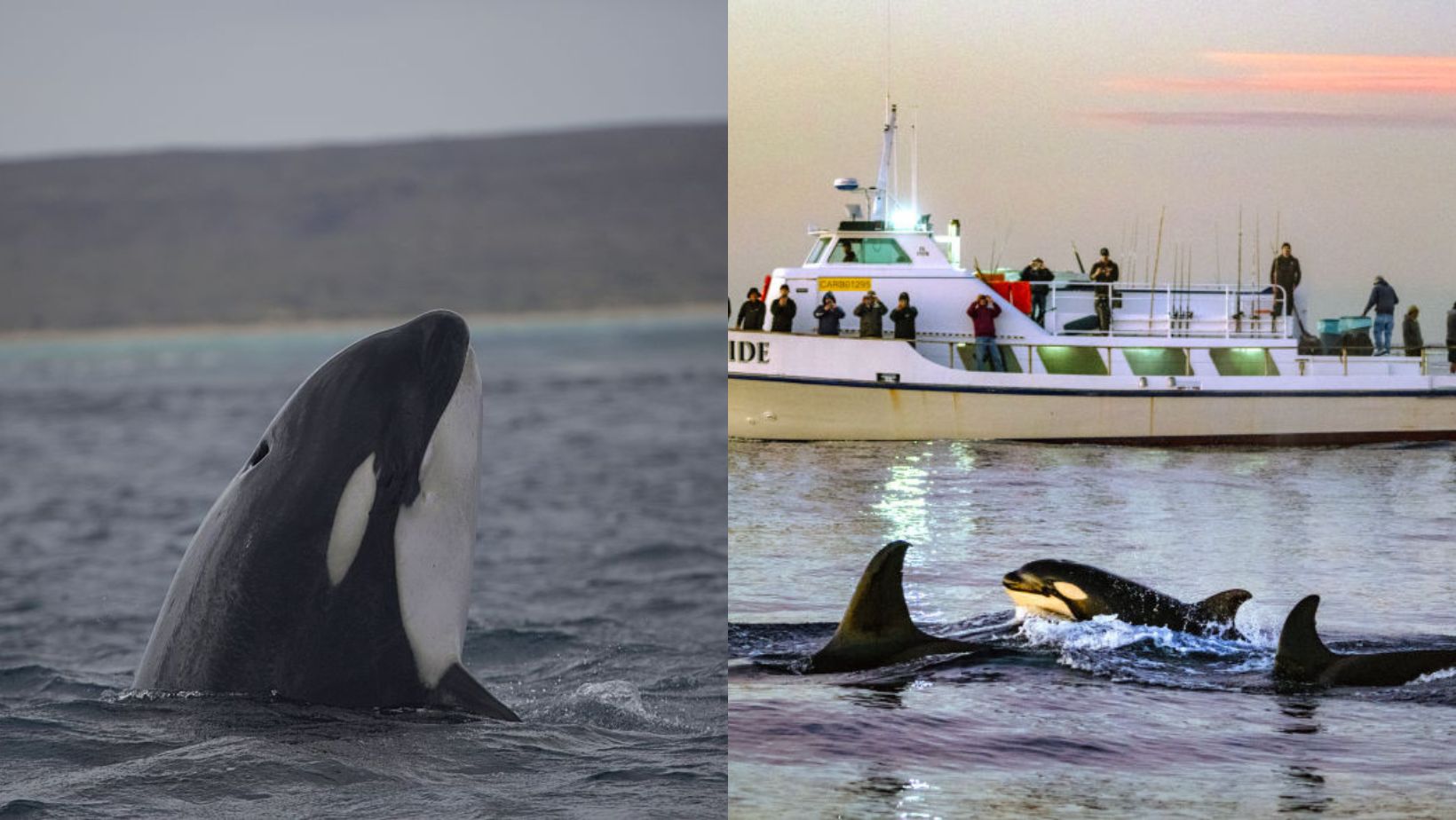
A study published in the “Journal of Comparative Psychology” at the beginning of July identified 34 cases of orcas appearing to offer their prey to humans. Specialists are trying to explain such behavior in this cetacean, known as one of the largest marine predators: is it altruism, manipulation or a communication strategy?
Surprising behavior
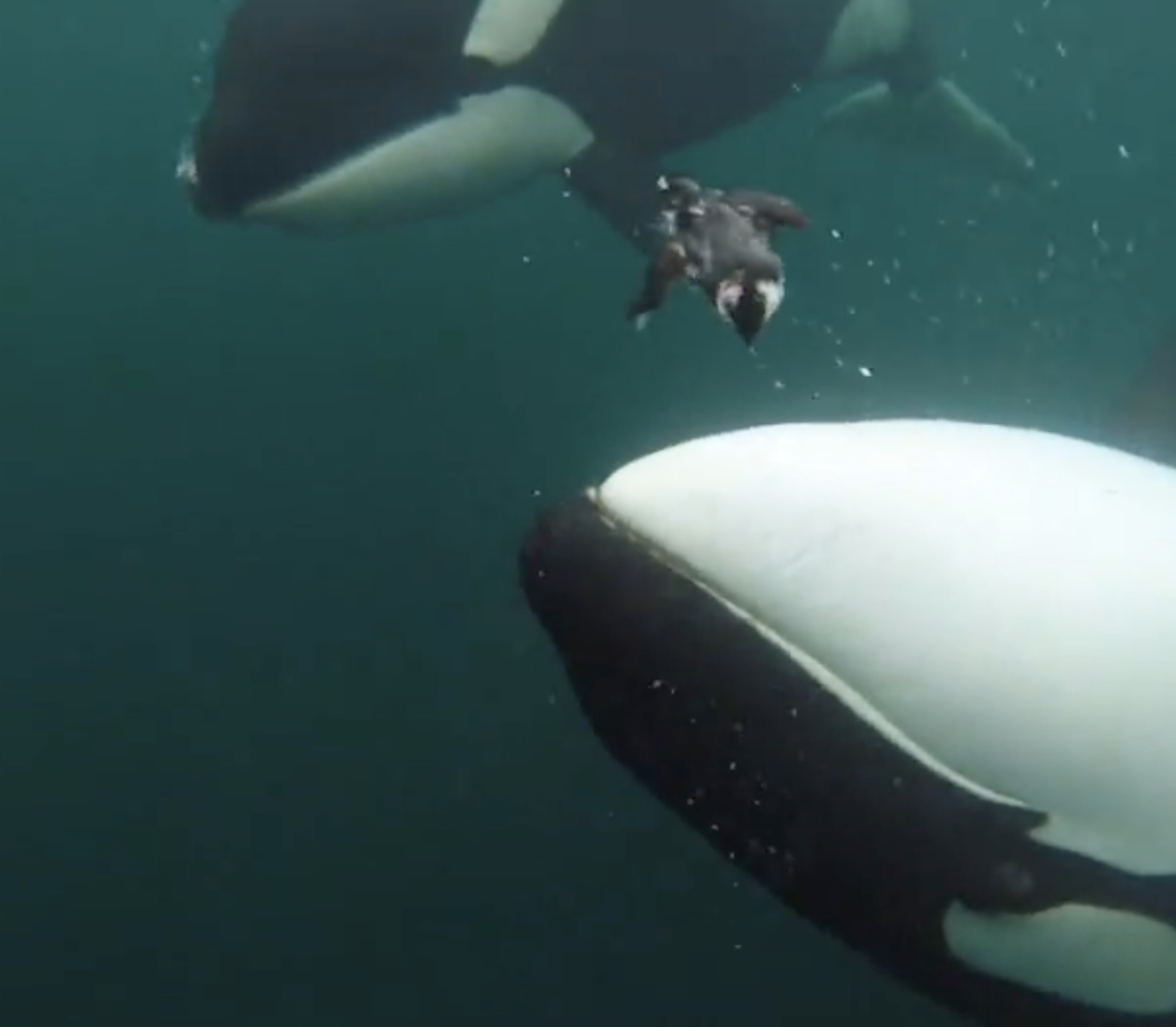
During a sighting of two orcas in 2015, Jared Towers, Executive Director of Bay Cetology, a Canadian team of marine biologists based in Alert Bay, British Columbia, observed a surprising behavior in one of the marine mammals.
Jared Towers' observation
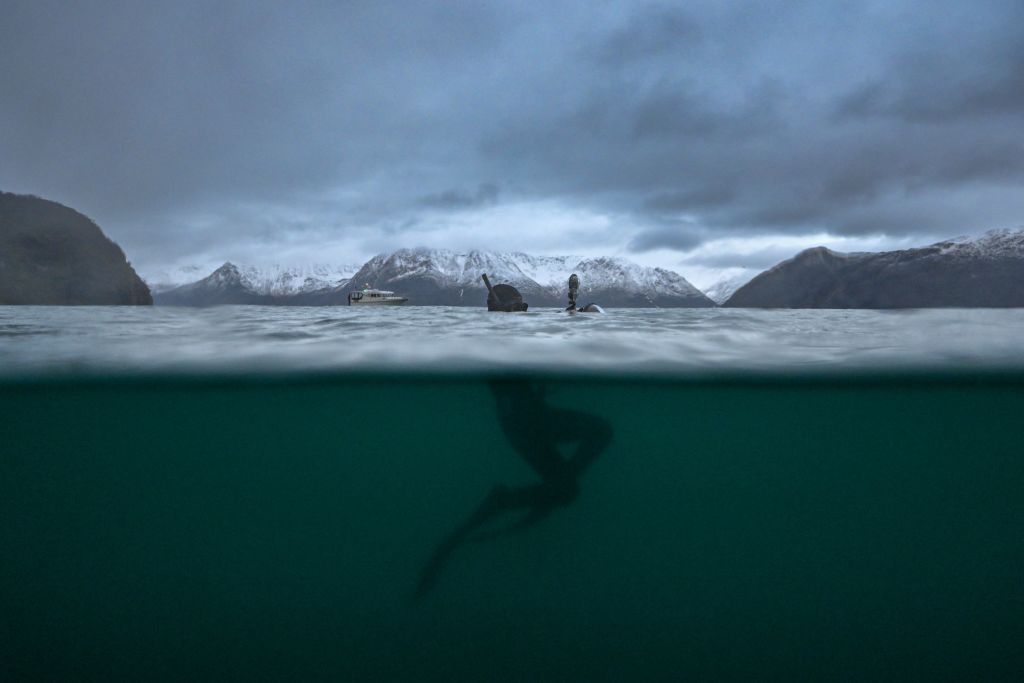
A young female orca “approached a camera I had placed in the water to film her baby brother, then opened her mouth and let out a dead seabird,” Towers reported to CNN.
A moment frozen under water
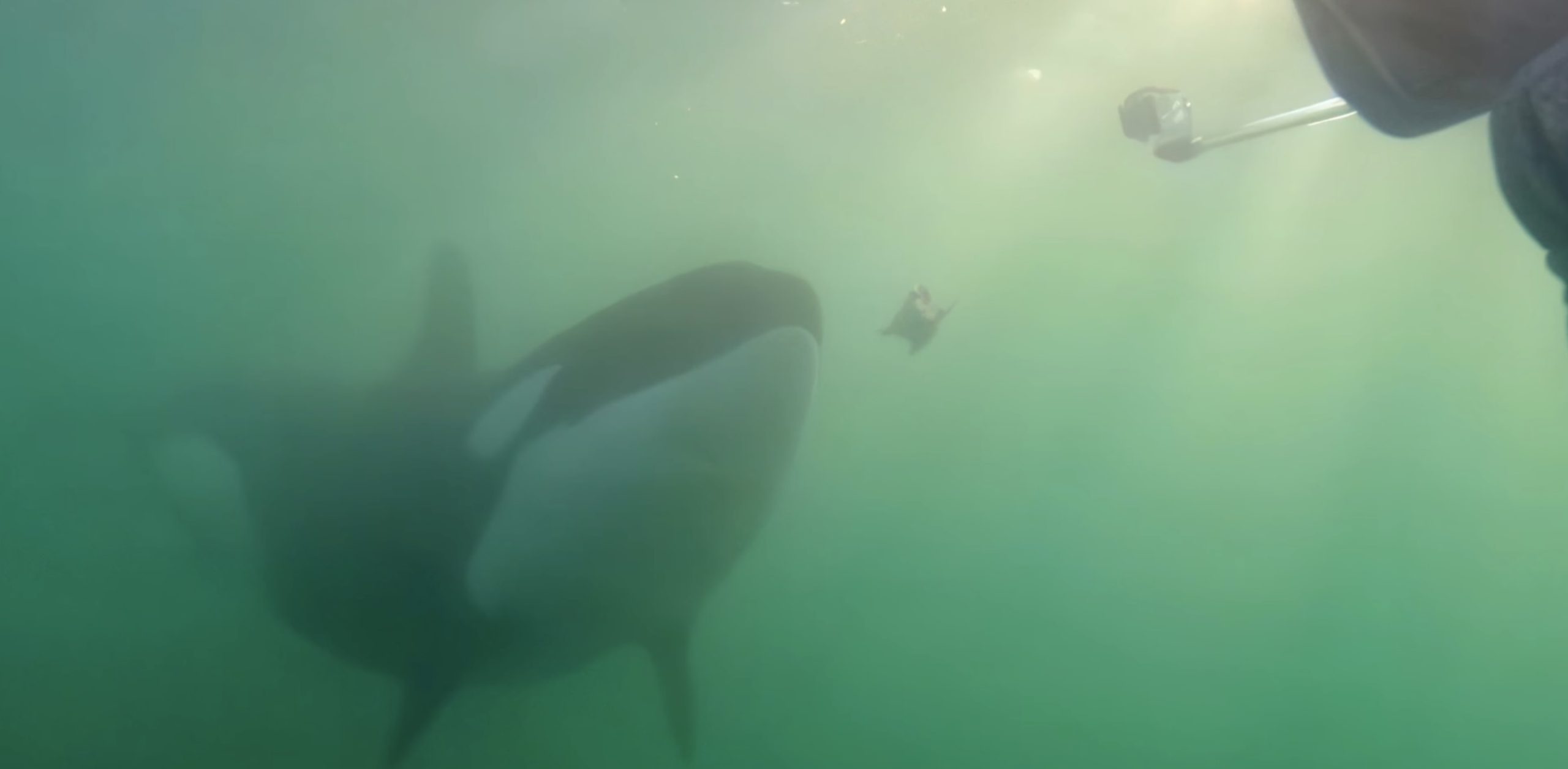
She closed her mouth, paused, apparently to observe Towers’ reaction, and remained suspended in the water while the dead bird floated above her. Then, after a few seconds, she turned back to the camera and swallowed the bird again.
Another case for Jared Towers
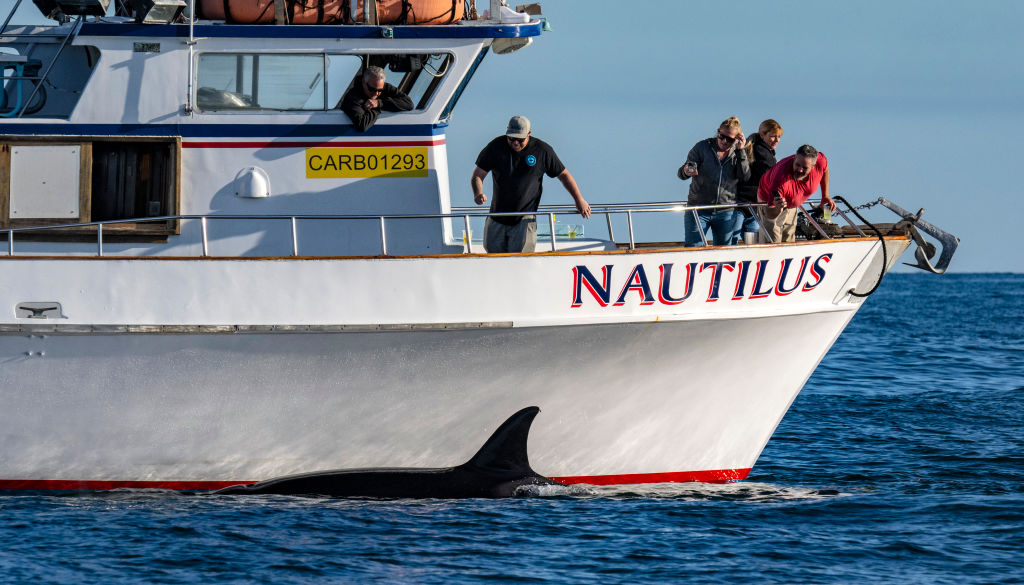
A similar case occurred again in 2018, when another young female orca released a freshly killed seal near Towers’ boat. “She could have dropped it from the stern or bow, but she dropped it right in the middle of the ship, right next to us,” says the researcher. “We sat there watching this animal sink into the water for 10 or 15 seconds, until she described a small circle, came back and picked it up.”
Orcas of both sexes and all ages

After discussing these amazing interactions with colleagues at a scientific conference earlier this year, Towers realized that other researchers had had the same experience with orcas of both sexes and all age groups.
Cases around the world
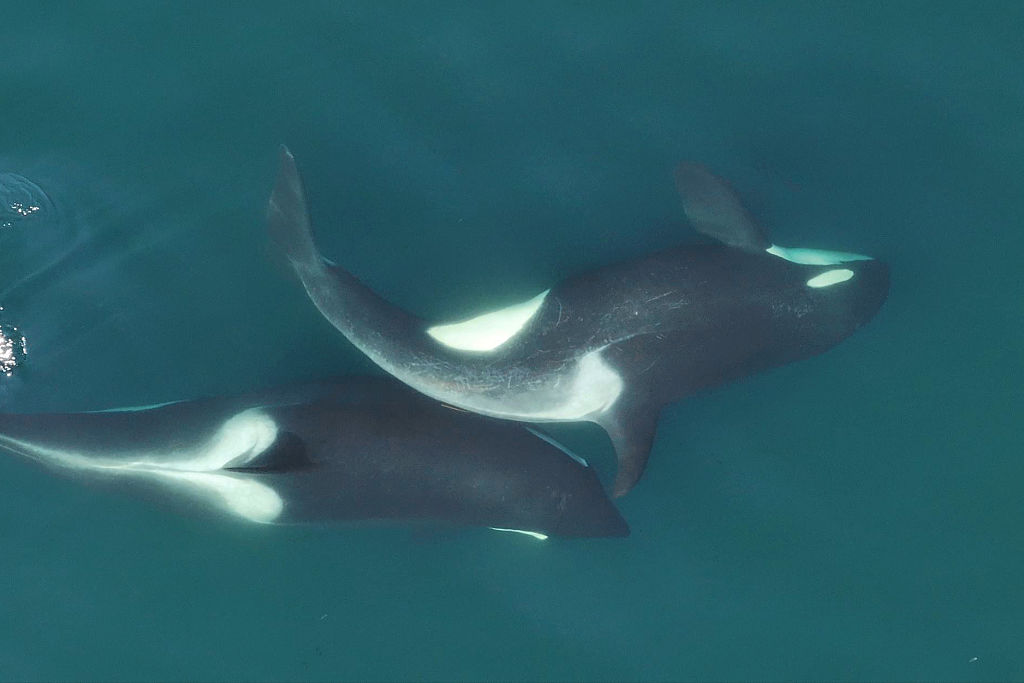
They combined their observations and expertise to write a study recently published in the Journal of Comparative Psychology. It lists 34 cases of humans having observed killer whales sharing their food with them, spread over four different oceans, between 2004 and 2024. In an interview with the Canadian Press, Towers points out that, since the research was posted, the authors have identified other cases that could have been added to this compilation.
18 species offered by orcas
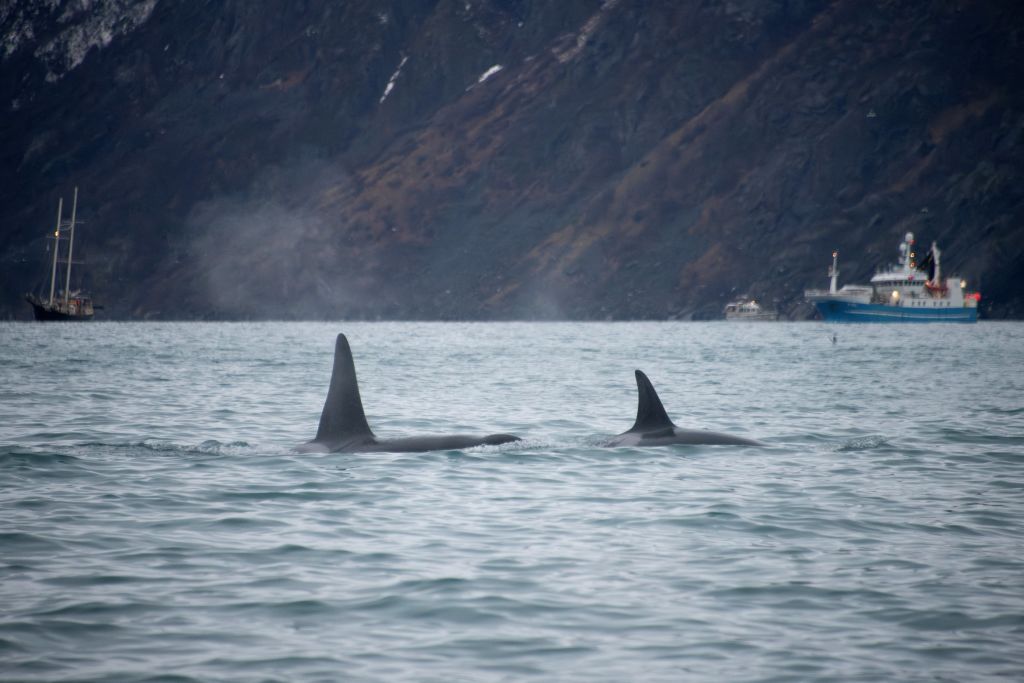
In these cases, which took place in Norway, New Zealand and California, 18 species were offered: six fish, five mammals, three invertebrates, two birds, one reptile and one algae.
Waiting for a human response

In all but one case, the orcas waited for a human response once the prey was presented before reacting. A few courageous grabbed the food just long enough to take a look at it, before throwing it back into the water.
An attitude initially interpreted as a game
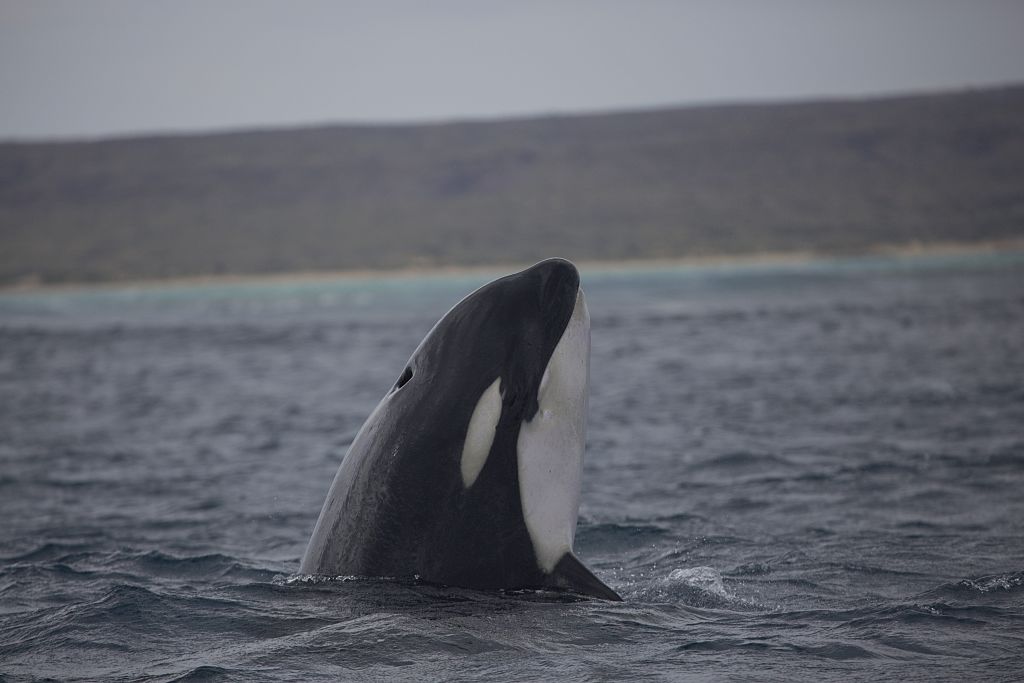
This attitude could have been equated with play, but the researchers ultimately dismissed this hypothesis, considering that this species first satisfies its food needs before playing. What’s more, in most cases, the orcas retrieved their prey and shared it among themselves once they had seen that humans were not touching it.
Prosocial signs

“While we can’t rule out that there are a variety of reasons for this behavior, in my opinion these are prosocial signals, it’s more or less altruistic behavior,” explains Towers. “This behavior may represent one of the earliest accounts of a wild predator intentionally using prey to directly explore human behavior,” he continues.
An intellectual evolution converging with our own?
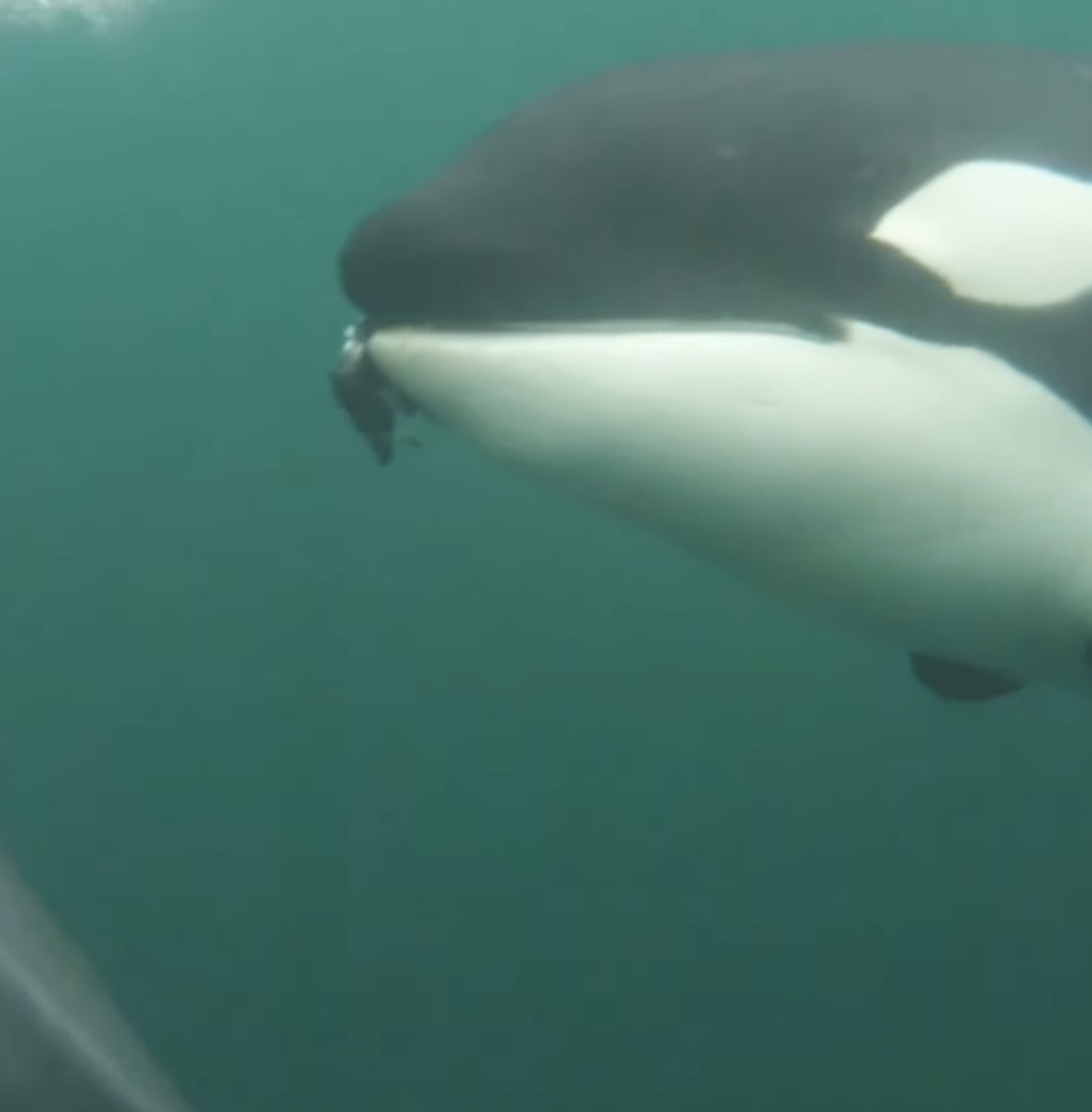
The marine biologist even adds that “this species may have […] an intellectual evolution converging with our own”, pointing out that it is customary for orcas to share their food with one another, thus forging bonds.
Motives for manipulation?

According to the science website LiveScience, even “if this behavior seems altruistic, it’s impossible to rule out the hypothesis of manipulation – the orcas’ purpose still remains a mystery”. According to CNN, orcas are known to use prey to attract other species before killing them. However, the media outlet points out that there are no documented cases of orcas killing humans in the wild. What’s more, none of the 34 cases studied showed any form of aggression on the part of the cetaceans.









